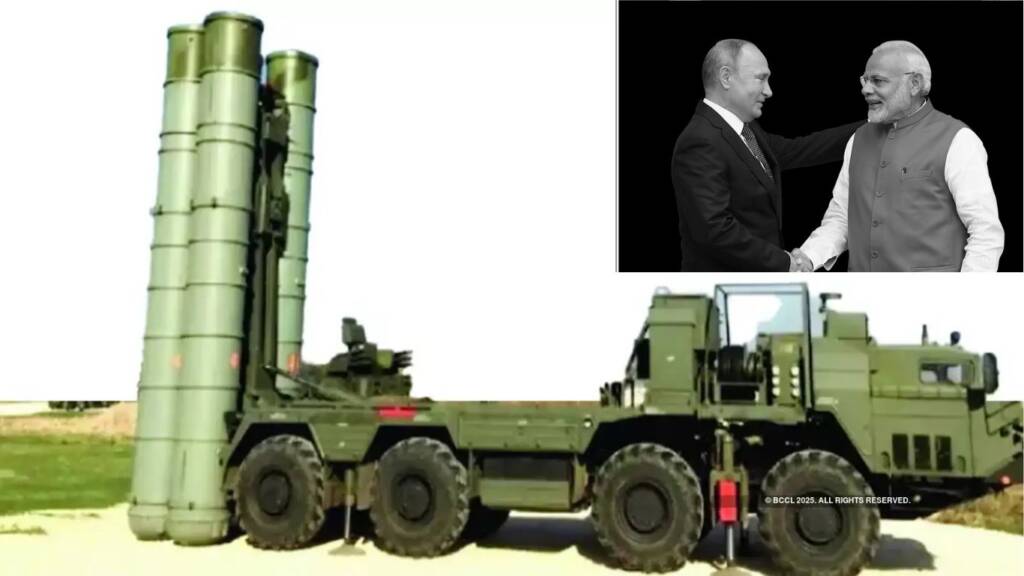In a dramatic turn of events that unfolded in the early hours of May 7 and 8, India’s skies turned into a theatre of high-tech warfare as Pakistani drones and missiles streaked toward 15 Indian cities. The retaliatory assault came in response to Operation Sindoor, a precision Indian Air Force (IAF) strike that dismantled multiple terror camps in Pakistan and Pakistan-occupied Kashmir after the terrorist attack in Pahalgam on April 22, which killed 22 innocent tourists.
However, Pakistan’s gambit was decisively thwarted.
In its first-ever combat deployment, the Russian-made S-400 Triumf air defence system—nicknamed “Sudarshan Chakra” by the IAF—intercepted and neutralized the incoming aerial threats with clinical precision. The S-400 shield ensured that not a single military or civilian installation suffered damage, marking a landmark success for India’s growing air defence capabilities.
“This was a test not only of our technological readiness but of our strategic intent. The S-400 passed both with flying colours,” a senior defence official said.
A Turning Point in India’s Air Defence Landscape
The events signal a tectonic shift in South Asia’s military equilibrium. India has not only demonstrated its resolve to strike preemptively against terror infrastructure but also showcased its ability to defend its airspace against modern aerial warfare tactics, including drones, cruise missiles, and short-range ballistic threats.
“The S-400’s combat debut in the India-Pakistan conflict, following its performance in the ongoing Ukraine war, underscores its global relevance and reliability,” said a defence analyst based in New Delhi.
Enter the S-500: A New Chapter in Indo-Russian Defense Ties
Even as the S-400 garners acclaim, eyes are turning toward its successor—the S-500 Prometheus—a next-generation air and missile defence system that dramatically expands the envelope of engagement. Capable of intercepting hypersonic missiles, UAVS, and even low-orbit satellites at ranges up to 600 kilometres and altitudes up to 2,000 kilometres, the S-500 marks a quantum leap in defensive warfare.
In a move with profound geopolitical implications, Russia has formally invited India to co-develop and jointly produce the S-500, following the successful BrahMos missile collaboration. The proposed partnership is expected to accelerate India’s march toward self-reliant defence manufacturing under the ‘Make in India’ initiative.
“The S-500 is not just a continuation of the S-400—it is a strategic deterrent for the space-age battlefield,” said a Russian defence ministry source. “We see India as a key partner in taking this revolutionary platform forward.”
Future-Ready, Integrated Defence
The S-500 is designed to integrate seamlessly with existing S-400 and S-350 systems, forming a layered and networked defence architecture capable of managing multiple threat vectors in real time. Russian officials have boldly claimed that the S-500 outperforms Western systems such as the U.S. THAAD in both range and versatility.
While Russia is still in the process of full-scale domestic deployment of the S-500, the invitation to India for joint production signals Moscow’s trust in New Delhi as a strategic defence partner—and acknowledges India’s rising status as a regional and global power.
Strategic Implications
The twin narratives of Operation Sindoor’s offensive precision and Sudarshan Chakra’s defensive prowess have redefined India’s position in the global security matrix. As New Delhi deepens its defence ties with Moscow and sets its sights on next-generation technologies like the S-500, India is no longer just protecting its borders—it is shaping the rules of engagement in a new era of warfare.
